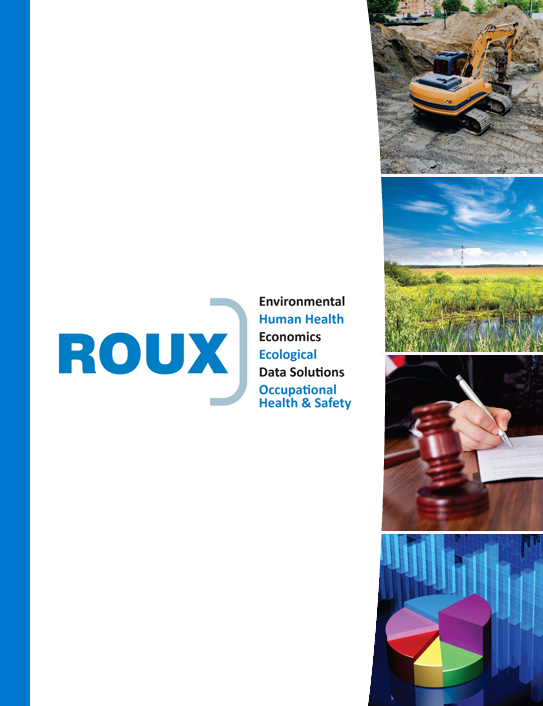Published Article: Legacy PCB Building Remediation
Written by Martin J. Hamper, P.G., Director at Roux
Polychlorinated biphenyls (PCBs) came onto the scene as an environmental threat quickly after they were discovered in humans and wildlife by Jensen in 1966. Prior to 1971, the Environmental Protection Agency (EPA) reported that 26% of PCBs sold were used in open-end use applications such as caulks, sealants, plasticizers, surface coatings, ink, adhesive, and carbonless paper. While PCBs were banned a long time ago, the ban had no immediate tangible effect on the continued use of regulated levels of PCBs in buildings constructed before the bans were implemented. Legacy buildings with PCB-containing building materials continue to represent potential sources of indoor air, dust, outdoor air, and soil contamination. Where PCBs are present in building materials, they have the potential to pose a risk to building occupants. Proper removal of PCB-containing materials is a highly effective approach to abating the risk. The removal can range from targeting specific building PCB-containing materials through demolition of the building. Engineering and administrative controls can also be useful tools when addressing the risks posed by PCB-containing materials.
This article was published in the Spring 2020 edition of Remediation Journal. Please click below for access to the article:

